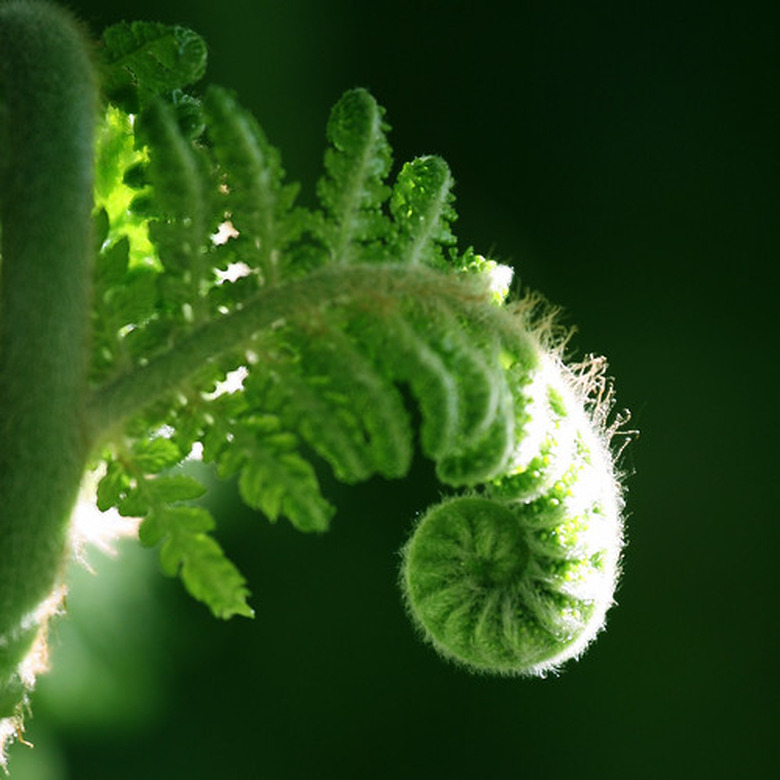Plant Lights & Indoor Growing
Indoor growing helps a gardener extend the season by providing plants with the conditions necessary to thrive. Gardeners use pots, soil, moisture, temperature, and lights for their indoor gardens. Plants continue to grow indoors when outside temperatures are hostile. A gardener may choose to grow herbs, seedlings, flowers, or small vegetable plants indoors with the right plant lights.
Metal Halide
Metal halide plant light bulbs produce color in the blue spectrum. This light is favorable for growing leaves and keeping plants compact. This type of plant light is a general-purpose light source and produces 125 lumens per watt. The lights are bright and need air circulation to reduce heat buildup. If the temperature is too warm, raise the light higher above the plants.
- Indoor growing helps a gardener extend the season by providing plants with the conditions necessary to thrive.
- The lights are bright and need air circulation to reduce heat buildup.
High-Pressure Sodium
High-pressure sodium light produce a red-orange glow. The color of the light spectrum emitted by HPS lights helps flowering plants. The use of HPS grow lights for seedlings or young plants is discouraged as they tend to promote lanky growth. However, HPS lights combined with sunlight are effective for indoor-growing plants at all stages of development.
Fluorescent
T5 fluorescent light, also called a high-output fluorescent, and compact fluorescent lights provide efficient and effective glow light conditions. The T5 is a special fluorescent grow light and not the same as a standard fluorescent light. These lights output 5,000 lumens per tube with little heat, so they may be placed closer to the plants than MH or HPS grow lights.
- High-pressure sodium light produce a red-orange glow.
- These lights output 5,000 lumens per tube with little heat, so they may be placed closer to the plants than MH or HPS grow lights.
LED
LED grow lights are an effective alternative to MH and HPS grow lights. They offer blue and red spectrum light, they run cooler, and are less expensive to operate than MH or HPS lights.
Additional Equipment
Grow lights are part of a system that provides light to indoor plants. The system includes the light bulb, a ballast, a reflector, and a cord. Grow light systems are hung from the ceiling or a stand so that the emitted light covers the plants. The height of the grow light is a trade-off between the dispersion or intensity of the light and the heat generated. Plants need 12 to 16 hours of light per day and a period of darkness. A timer is useful to control timing the lights on and off.
- LED grow lights are an effective alternative to MH and HPS grow lights.
- Grow light systems are hung from the ceiling or a stand so that the emitted light covers the plants.
